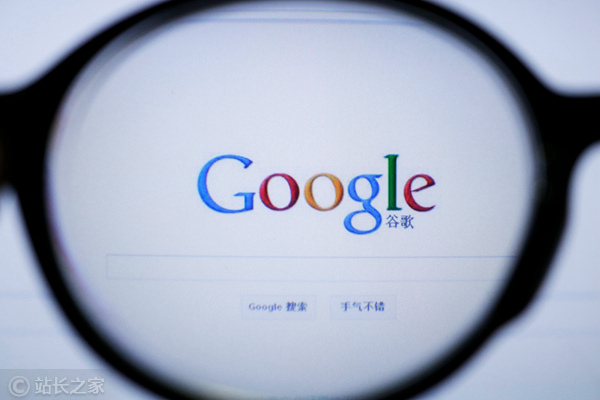Google's Data Center Power Surge: Sevenfold Rise in a Decade
Google's Data Center Power Consumption Skyrockets
Google's latest sustainability report has unveiled a dramatic surge in data center electricity consumption, with figures more than doubling from 14.4 million megawatt-hours in 2020 to 30.8 million megawatt-hours in 2024. When viewed over a ten-year span, the increase becomes even more striking - representing a sevenfold jump from an estimated 4 million megawatt-hours in 2014.
The Efficiency Challenge
Data centers now account for 95.8% of Google's total corporate power budget. While the company has been an industry leader in improving Power Usage Effectiveness (PUE), with its overall PUE dropping to 1.09 last year, progress has slowed significantly as values approach the theoretical ideal of 1.0.

Betting Big on Carbon-Free Solutions
Facing rising demand and its commitment to "carbon-free electricity only" operations, Google is deploying substantial resources across multiple clean energy fronts:
- Geothermal Energy: Investments in startup Fervo Energy highlight Google's interest in weather-independent power sources.
- Nuclear Power: The tech giant has committed to purchasing electricity from Commonwealth Fusion Systems and Kairos Power, though these projects won't come online until the 2030s.
- Renewables: Recent purchases include 600MW solar capacity in South Carolina and 700MW in Oklahoma, part of a broader $20 billion investment plan with partners Intersect Power and TPG Rise Climate.
Michael Treleven, Google's senior director of energy, emphasized that matching annual carbon usage is just the beginning: "The ultimate goal is providing carbon-free energy around the clock at every operational location."
Regional Disparities Present Challenges
While Google has contracted enough renewable energy to meet total consumption, availability varies dramatically by region:
- Latin America leads with 92% carbon-free electricity usage
- Middle East/Africa trails at just 5%
The global average stands at about 66% when measured hourly.
These disparities have pushed Google toward stable technologies like nuclear fission and fusion as it works toward its ambitious environmental targets.
Key Points:
- Data center power consumption increased sevenfold since 2014
- Efficiency gains slowing as PUE approaches theoretical limits (1.09 currently)
- $20 billion committed to gigawatt-scale carbon-free plants
- Nuclear investments won't bear fruit until next decade
- Significant regional variations in clean energy adoption